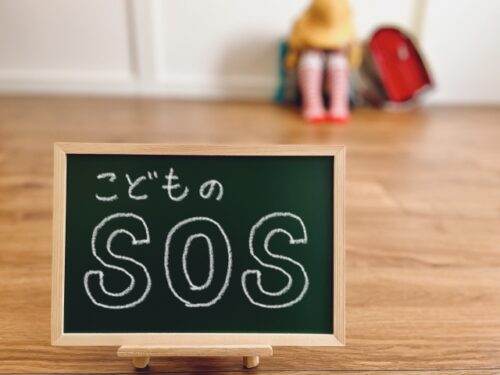
What does child poverty mean?
At first, we check the definition of “poverty”.
There are various indicators of poverty, but here we look at absolute poverty and relative poverty.
Absolute poverty:
A person or household who does not reach the minimum standard of living necessary for survival.
The World Bank defines absolute poverty as living on less than $2.15 (325 Japanese yen*) per day.
*1 US dollar = 151 Japanese yen (JPY)
Relative poverty:
A person or household who is poorer than the majority of society in a country or region.
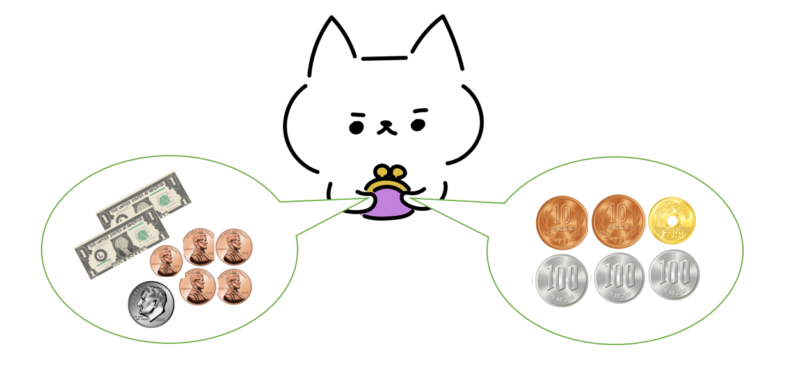
Poverty is the one item listed in the SDGs (Sustainable Development Goals), with the goal of “eliminating or reducing poverty” by 2030.
In Japan, relative poverty is a topic of discussion, and “child poverty” refers to people under the age of 18 living with incomes below the poverty line.
The poverty line is half the median income which is calculated by taking into account some factors such as household size.
The poverty line is difficult to understand. Let’s look at it step-by-step using concrete numbers to make it easier to understand.
- Step 1Line the entire population up from lowest to highest income that’s especially calculated based on family size
- Step 2Look for someone whose income is the midpoint when you count from the top and also from the bottom
- Step 3The midpoint income in Japan was 2.54 million JPY (16,820 USD) in 2021
(=Median income) - Step 4Divide median income by 2
(2.54 million JPY ÷2=1.27 million JPY. approximately 8,410 USD)
(= Poverty line value) - Step 5The income of the people coloured red in the below figure is lower than 1.27 million JPY
(=people in relative poverty)
*1 US dollar = 151 Japanese yen (JPY)
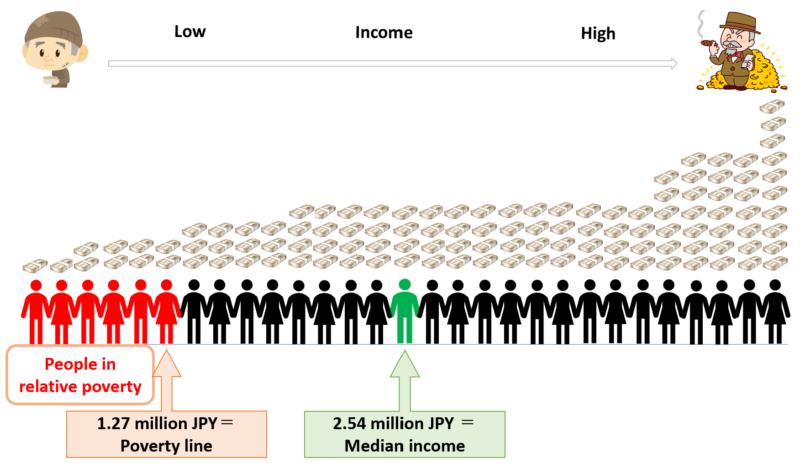

How many children in Japan are suffering from poverty?
Child poverty in Japan was 11.5% in 2021.
In other words, approximately one in nine children lives in poverty.

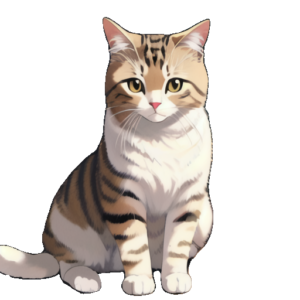
One in nine children lives in poverty…it is more than I thought.
Take a look at the graph below for comparison with other countries.
Seeing the average child poverty rate from 2019 to 2021, Japan has the same rate as Ireland and Belgium.


I am surprised to find that child poverty rates are high in rich countries like the United States and Luxembourg.

What are the causes of child poverty in Japan?
There are many causes of child poverty in Japan, but the main ones are as below.
☆ Single-parent household
☆ Irregular-employed parents*
☆ Low public spending
Especially the poverty rate for single-parent households is high (45%) .
Among them, single-mother families are often in particular poverty.
The graph below compares the income of single-mother households and single-father households.
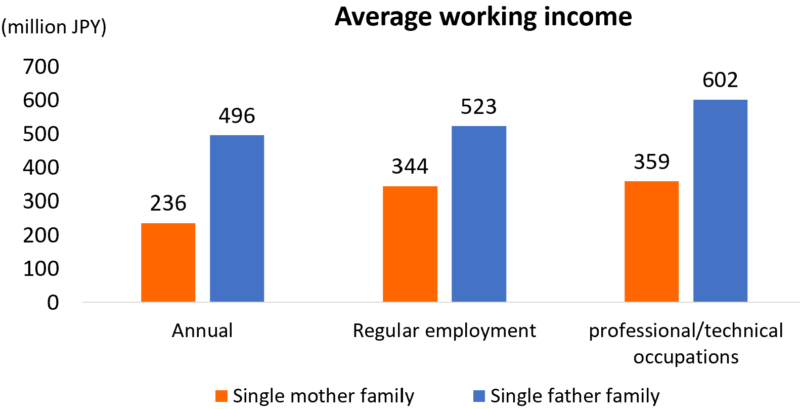
The average annual working income of single-mother households is significantly lower than that of single-father households, at less than half.
Even comparing the income of people in the same employment condition (regular employment) and same occupations (professional/technical occupations), it is clear that mothers earn significantly less than fathers.
There is also a significant difference in the proportion of regular employment between mothers and fathers, as below.
Men have more opportunities to be hired as regular employees.
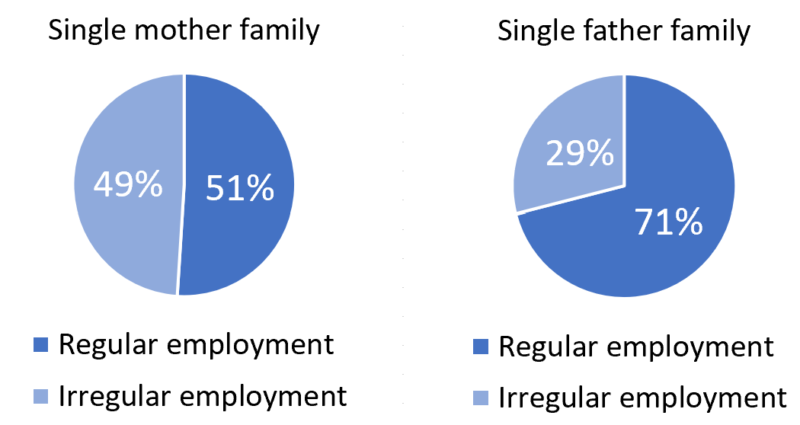
Due to the gender wage gap, single-mother households face more problems with income.
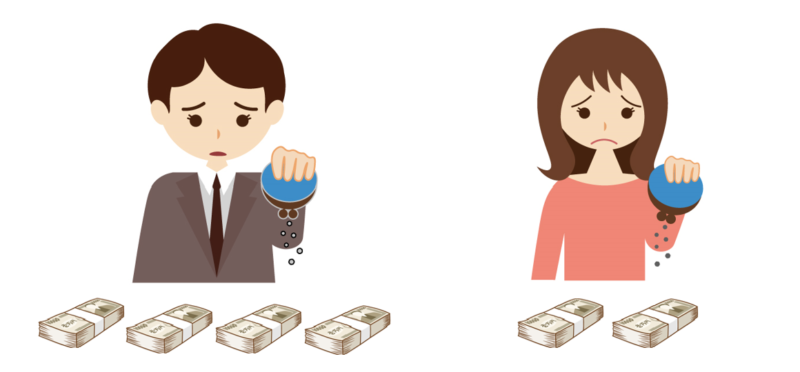

It’s a big problem that incomes vary so much based on gender.
Next, we look at how child poverty affects children’s health.
→ Child poverty in Japan (2): Health issues
参考文献
‐ Royal College of Paediatrics and Child Health (RCPCH). Child poverty. https://stateofchildhealth.rcpch.ac.uk/evidence/family-and-social-environment/child-poverty/
– UNICEF. Child poverty. https://www.unicef.org/social-policy/child-poverty
– The World Bank. Global Trends in Child Monetary Poverty According to International Poverty Lines. https://www.worldbank.org/en/topic/poverty/publication/global-trends-in-child-monetary-poverty-according-to-international-poverty-lines
– Unicef data. Goal 1 No poverty. https://data.unicef.org/sdgs/goal-1-no-poverty/
– Ministry of Health, Labour and Welfare. The National Survey of Living Conditions 2022. https://www.mhlw.go.jp/toukei/saikin/hw/k-tyosa/k-tyosa22/index.html
‐ Ministry of Health, Labour and Welfare. Q&A regarding the National Survey of Living Conditions (Frequently Asked Questions). https://www.mhlw.go.jp/toukei/list/20-21a.html
– SDG Magazine. https://sdgsmagazine.jp/2023/08/10/10559/
– Unicef. Report Card 18. https://www.unicef.or.jp/news/2023/0208.html
– The Institute for Tokyo Municipal Research. Research report on child poverty countermeasures in local governments. https://www.tama-100.or.jp/contents_detail.php?co=kak&frmId=667
– The NIPPON foundation. Journal. The poverty rate for single-parent households is approximately 50%. National and local government support systems for raising children. April 1 2023. https://www.nippon-foundation.or.jp/journal/2023/86934/childcare
– Children and Families Agency. Indicators in the Outline of Child Poverty Measures. https://www.cfa.go.jp/assets/contents/node/basic_page/field_ref_resources/72e91230-ee19-49d2-b94b-15790ab6d57d/cbf19fb3/20231117_councils_shingikai_kihon_seisaku_bZi2mq96_30.pdf
– Ministry of Health, Labour and Welfare. 2021 National Single Parent Household Survey Results. https://www.moj.go.jp/content/001388754.pdf

